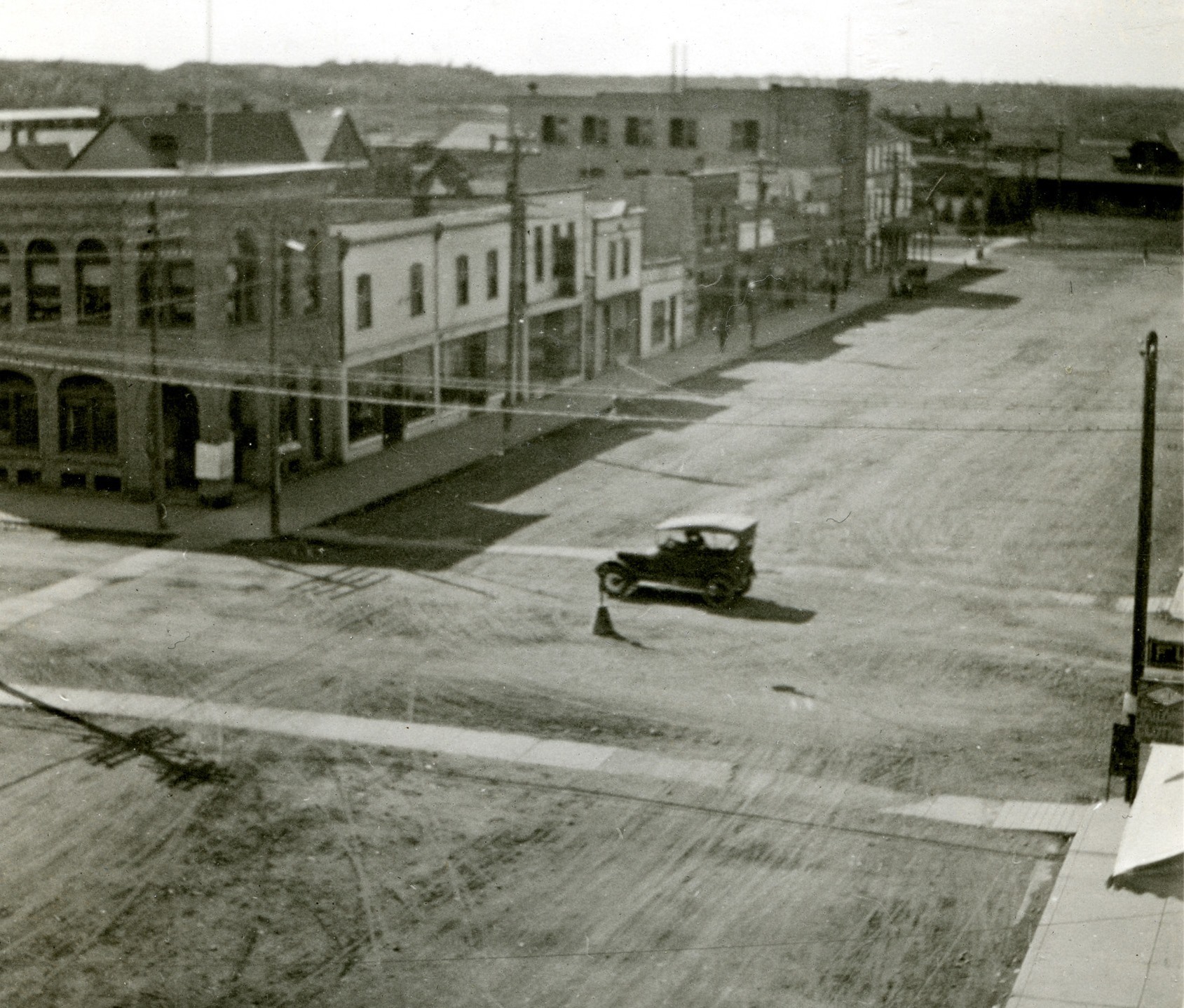There has been a lot of discussion in the media recently about a rise in protectionism and a shift away from free trade around the globe.
For an indication of what that might mean for an export and trading economy such as the one in Alberta, one can look back to the time just after the First World War when there was also a sharp rise in protectionism.
Ironically, the First World War had been generally very good for the Alberta economy.
With large swaths of Europe a battlefield, an agricultural heartland such as Central Alberta found strong demand for its produce.
This demand was not limited to the sale of foodstuffs.
Just as there had been horrific losses of men on the battlefields, there was also enormous losses of horses which were the main source of transport.
The military was soon paying very high prices for replacement horses, generally referred to as ‘remounts.’
For a while after the end of the War, the strong markets for food continued as a shattered Europe struggled with widespread famine. However, there were still serious and growing problems. Increasing drought conditions severely cut into the size of crops compared to the banner growing years of 1915 and 1916.
The winter of 1919-1920 was particularly brutal. Winter came early and stayed well into May.
Farmers found it very difficult to get their threshing finished. Very cold weather, combined with deep snows and a general shortage of feed caused huge losses of cattle and other livestock.
Central Alberta was not the only place to feel the pinch.
Similar conditions and hardships developed across the prairie west. In their pain and frustration, farmers and others turned their backs on the traditional Canadian political parties.
Instead, they elected MLAs and MPs from such groups such as the United Farmers of Alberta and the federal Progressive Party.
Unfortunately, the political revolt did not bring the desired results.
The U.F.A government in Alberta and the large contingent of Progressive MPs in Ottawa were not able to produce any more effective solutions to the economic hardships than their Liberal and Conservative predecessors had been able to do.
Meanwhile, in the 1920 elections, a Republican president, Warren Harding, and a Republican Congress and Senate were elected.
They decided to take advantage of the United States’ relative economic strength to deal with post-war problems. Hence, they imposed stiff tariffs on imports, particularly Canadian cattle and agricultural produce, to improve the situation in the American rural west.
The first measure was the Emergency Tariff Act, which was imposed in 1921.
That was followed by the more permanent Fordney-McCumber Tariff in 1922.
The impact on Alberta was swift and devastating. Beef producers in particular were cut off from the American markets. The price of prime steers at the Calgary livestock market plunged to less than $5 per hundredweight.
Farmers who sold their cattle at the depth of the collapse got bills from the shippers and market managers. Their animals sold for less than the freight and market costs.
The price of grain also continued to plunge. Soon wheat was selling for less than 60¢ per bushel or less than one-third of what the market had paid in better times.
Moreover the drought conditions worsened. Red Deer has never completely lost a crop to drought, but the closest it has ever come was in 1922.
Ironically, the high tariffs did not really help the American farmers much either. Prices for farm produce went up slightly, but the costs of machinery and other materials needed by the farmers went up by much more. The drought conditions in western Canada extended into the American west as well.
The situation gradually improved, but by three factors unrelated to tariffs.
After 1922, the drought began to ease.
The European economy began to improve thereby creating better prices on world markets. Finally, and most importantly, farmers turned to the cooperative movement to help.
In particular, the creation of the Alberta Wheat Pool in 1923 was an enormous benefit.
Farmers, by acting collectively, got better control of the prices they could get for their grain and produce. While boom times might not have been restored, the worst of the economic crisis had finally ended.



